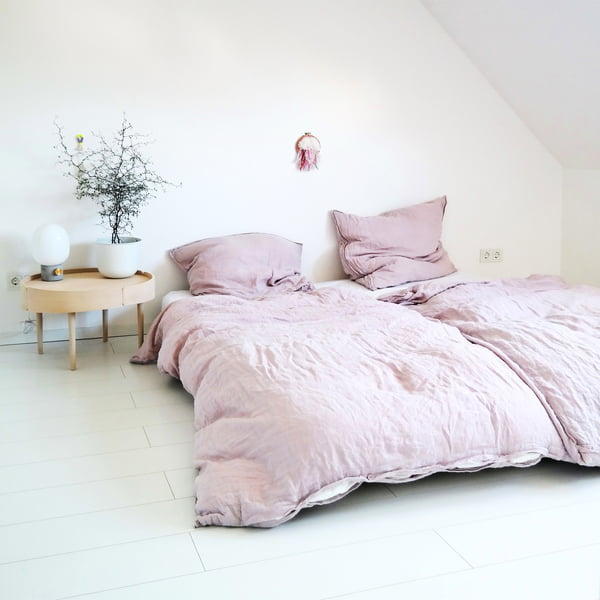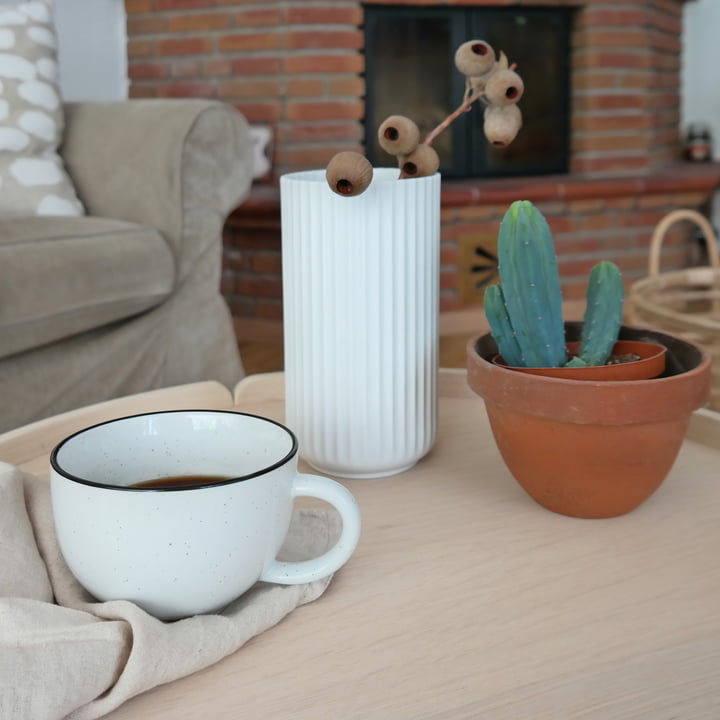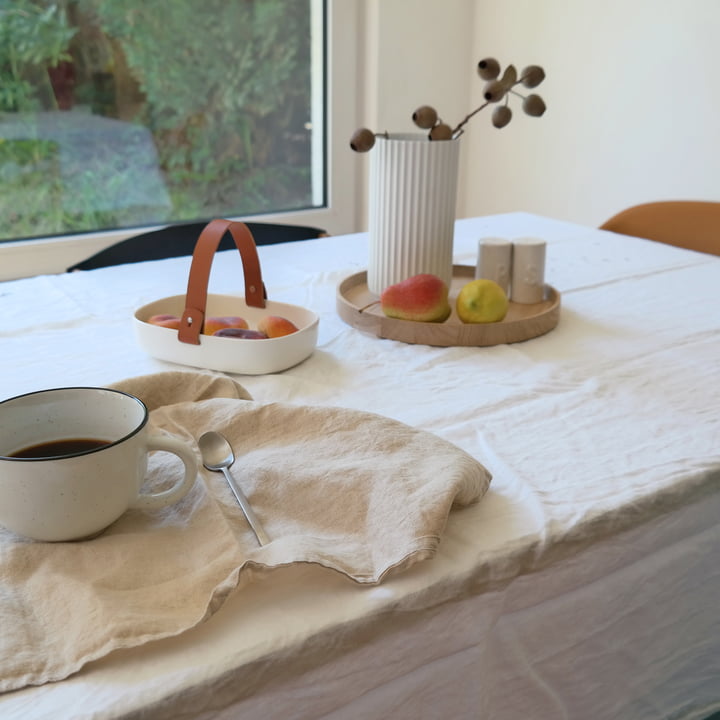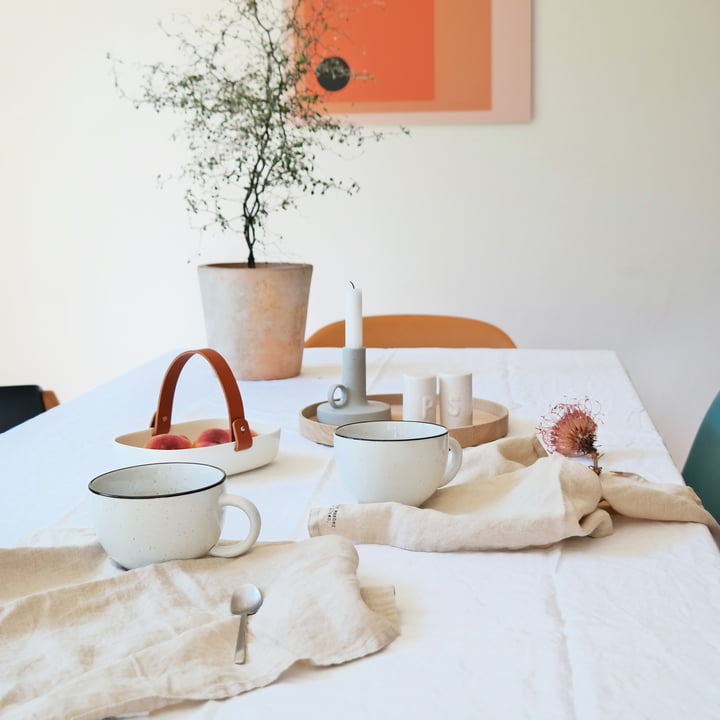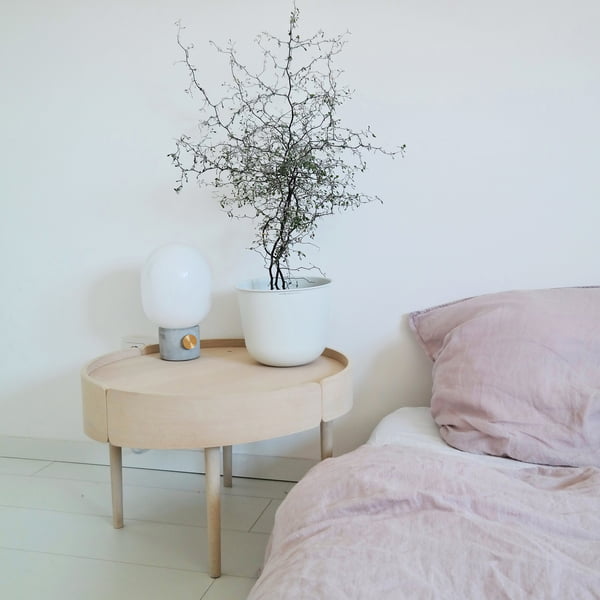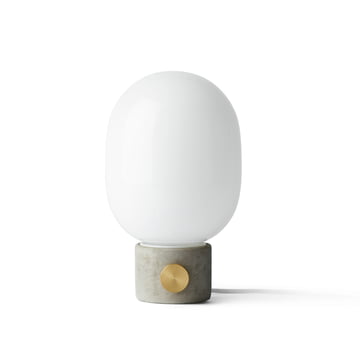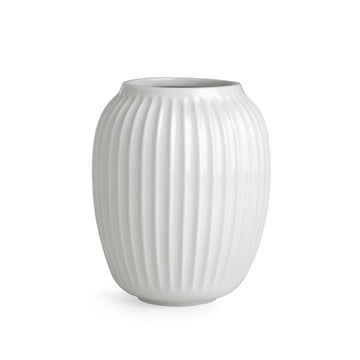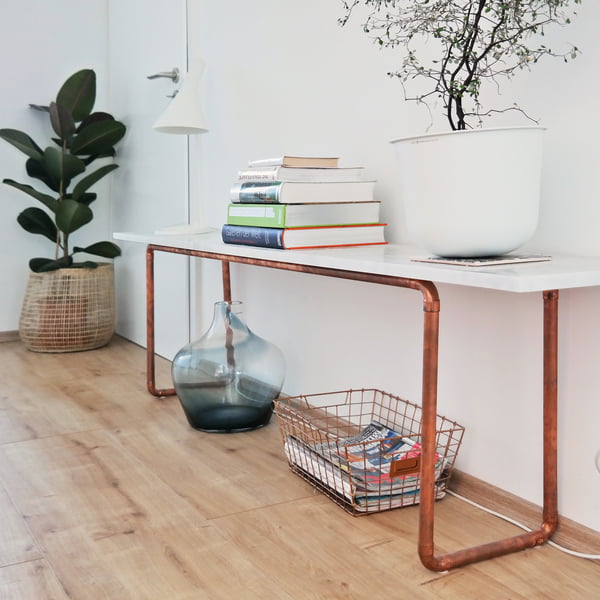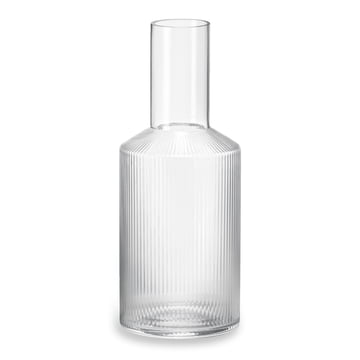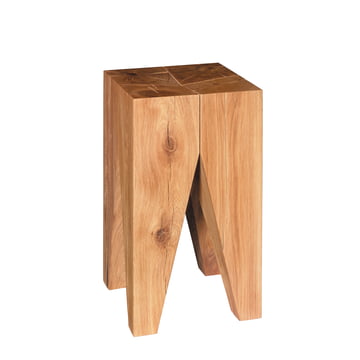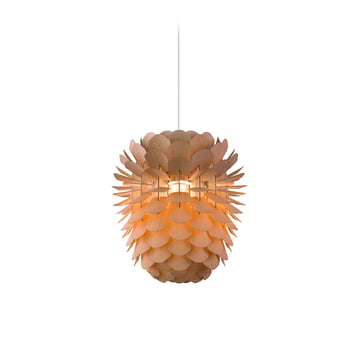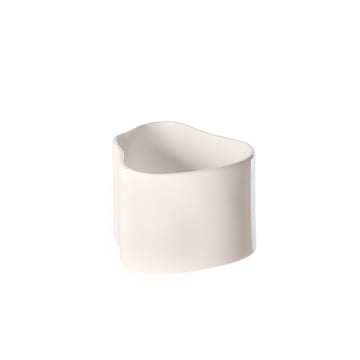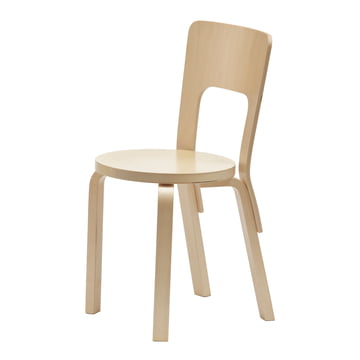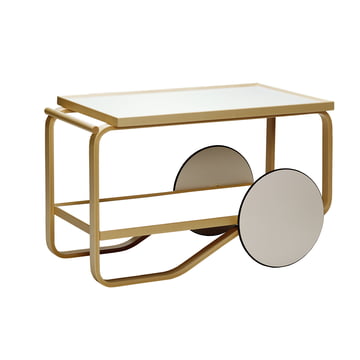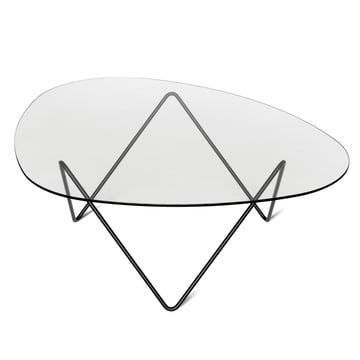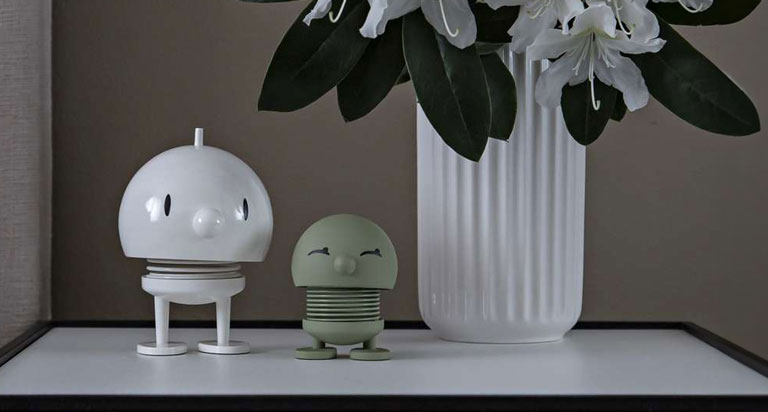Article from the 2018-05-29, of Isabelle Diekmann
Wabi-Sabi
The Beauty of the Imperfect
We can still learn a lot from Wabi-Sabi - and no, this has nothing to do with the spicy horseradish from the Far East. The new furnishing trend is based on Japanese aesthetics, which inspires a change of perspective: Away from the urge for perfection and towards love for the imperfect. What makes Wabi-Sabi so special and how we bring the straightforward purism from Japan with all its authenticity into our four walls is perfectly demonstrated by the Instagrammer Julia (@juempati).
How to Get the Wabi-Sabi Look at Home:
- The Concept: We Should All Be a Little Wabi-Sabi
- The Japanese Doctrine of Aesthetics: Peace and Harmony in Everyday Life
- Must-Haves for the Wabi-Sabi-Look
- Wabi-Sabi Living Like Juempati
The Concept: We Should All Be a Little Wabi-Sabi
What is only now gradually spilling over to us has been a tradition in Japan for centuries. Wabi-Sabi has its origins in Zen Buddhism and deals with the aesthetics of simplicity and imperfection. Translated, Wabi means as much as lonely, deserted and sad. Sabi is equated with patina, but also stands for age, transience and being used. This may sound rather depressing at first, but it carries an inspiring and positive core message:
Wabi-Sabi is about rediscovering the little things of everyday life and perceiving the beauty of the inconspicuous and simple. To recognise the essence of old things and be content with them. Make yourself independent of possessions.
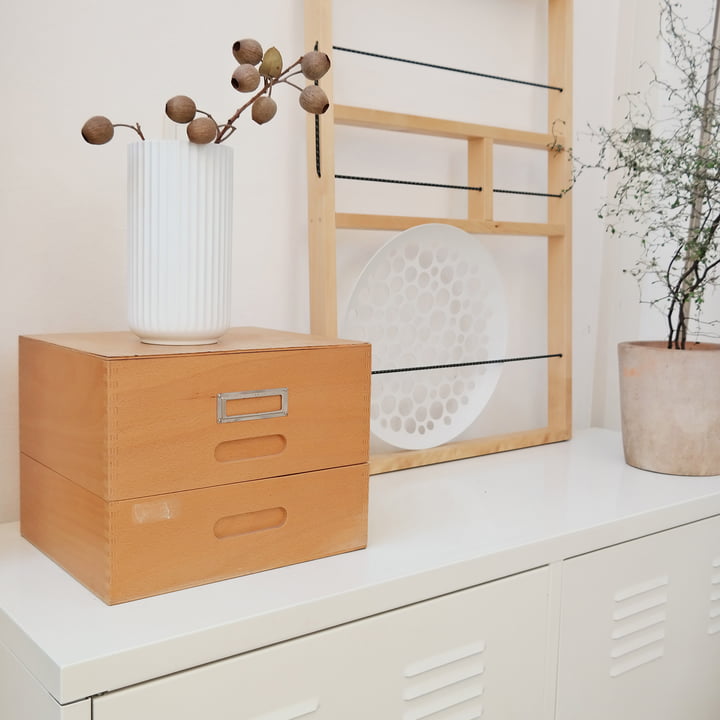
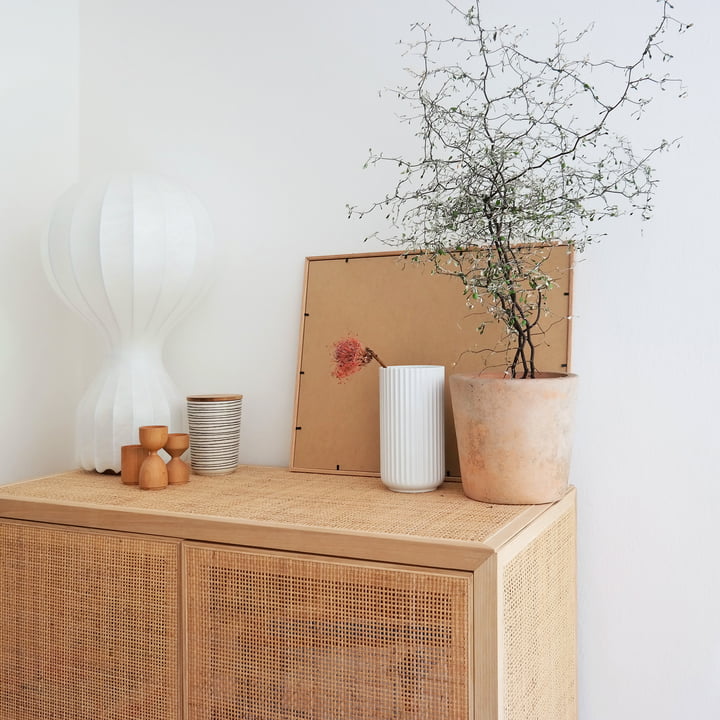
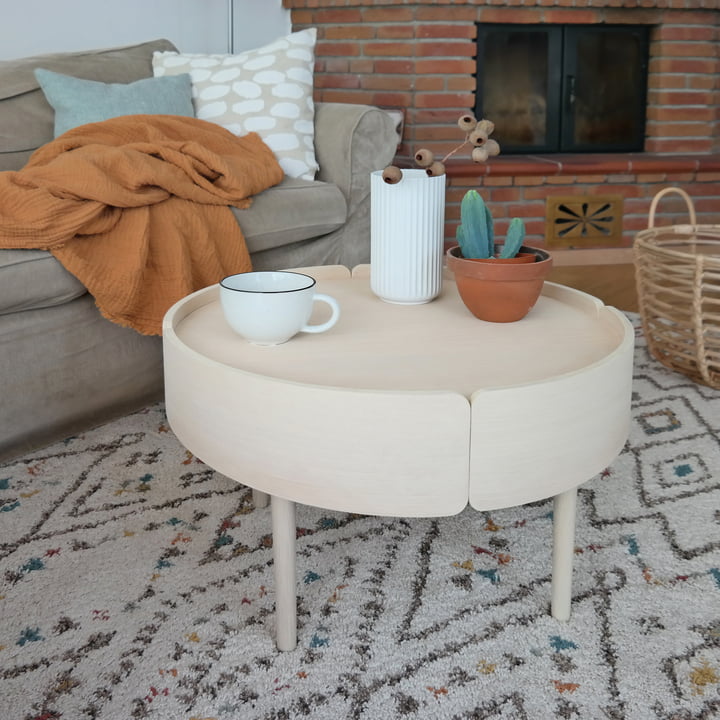



The Japanese Doctrine of Aesthetics: Peace and Harmony in Everyday Life
Whether consciously or unconsciously: In times in which Instagram, Pinterest and co. are an integral part of our everyday life, perfectionism pursues us at every turn in all areas of life. It is often conveyed in that our apartments are only really beautiful when they are completely styled to remind us of a design exhibition. According to the motto "Don't touch anything." And that's where Wabi-Sabi comes in.
The residential trend takes us back to the essentials. That you enjoy what you have, see the beauty in the imperfect and arrive - in your home and at home. It's about being authentic.
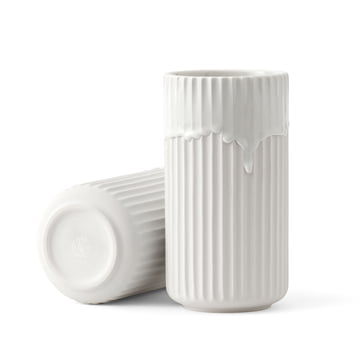 Our recommendations for you:Lyngby Porcelæn
Our recommendations for you:Lyngby Porcelæn
When it comes to furnishing, this means getting rid of all the clutter and limiting yourself to pieces of furniture that fulfil a function, and that are imperfectly perfect. In our Western concept, design is all about flawlessness and symmetry. But Wabi-Sabi shows that it is the asymmetry and naturalness that make your house a home. It is organic forms and the seemingly value-free, modest things that ensure harmony and a sense of well-being.
Must-Haves for the Wabi-Sabi-Look
If you want to live with Wabi-Sabi, you don't need much at first. On the contrary: Limit yourself to the essentials and get rid of all the things you don't really need. Try it - the optical emptiness has a liberating effect. Put old treasures in the foreground, even if they have already been damaged in one way or another. Then, to bring Japanese aesthetics into your home, follow a few simple principles:
Soft Colours: Japanese minimalism is not at all barren or monotonous. Wabi-Sabi is restrained, but still provides warmth and security - and the choice of colour plays a central role. Natural white, soft cream, soft grey, muted earth tones, pale blue and rosé alternate and radiate peace and harmony.
Natural Materials: An absolute must for the authentic Wabi-Sabi look are products whose beauty lies in their uniqueness. Mouth-blown glasses whose bubbles are a criterion for quality and not exclusion, designs made of wood whose grain and shape are different from manufacturing, tanned leather or marble that always produces different patterns. It is these supposed defects and signs of wear that make the products so expressive. Earthenware, ceramics, linen and concrete also ensure naturalness - rough surfaces with structure dominate the Japanese style.
Organic Shapes: Organic shapes create harmony. Designs in the Wabi-Sabi-Look do not adhere to any rules, millimetre-precise lines or symmetry. Asymmetrical and round, the products appear much more natural and beautifully imperfect. For home textiles: Blankets and pillows do not need to be neatly draped over the bed. Loosely laying down everything is much more Wabi-Sabi.
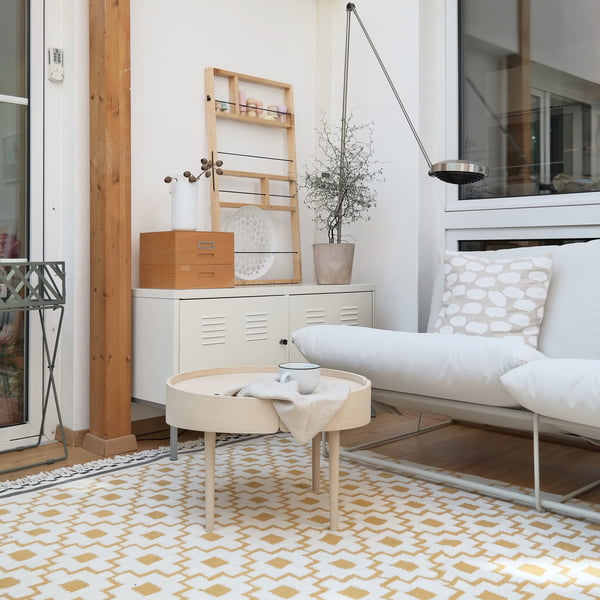
Wabi-Sabi Living Like Juempati
Instagrammer Julia from the Juempati account shows us that purism is anything but uncomfortable. She combines wood in warm tones with rustic table decor, natural textiles and accessories in organic shapes. Earth tones meet pastel and the pattern mix in restrained colours rounds off the overall picture. The essentials for the trendy Wabi-Sabi-Look can be found in our shop. Have fun with the makeover!
Photo credit: Julia Biersa (@juempati)
